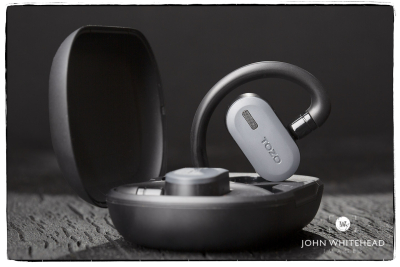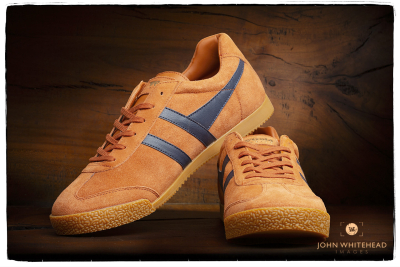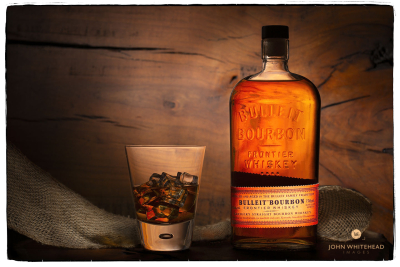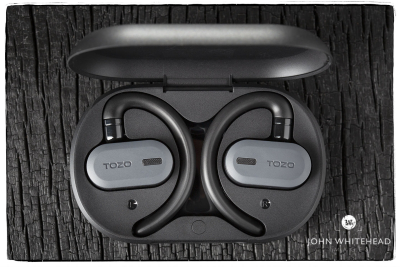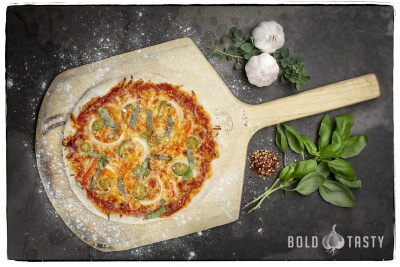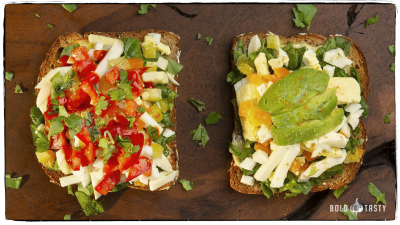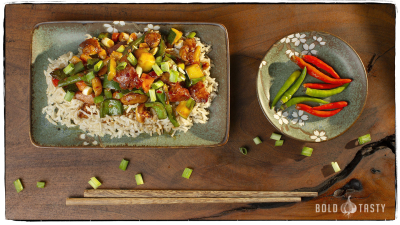PRODUCT PHOTOGRAPHY
Product Photography by John Whitehead Images
Product Photography and Food Photography
Introduction
In today’s digital world, the visual presentation of products and food plays a crucial role in consumer engagement. Whether you're running an e-commerce store, promoting a new restaurant, or simply enhancing your social media presence, high-quality product and food photography can make all the difference. These two photography genres may seem similar, but they each have unique techniques and purposes that bring out the best in their subjects.
Product Photography
What is Product Photography?
Product photography is a form of commercial photography that focuses on capturing high-quality images of products for marketing and advertising purposes. The goal is to present the product in the most appealing way possible to highlight its features and attract potential customers. It’s used extensively in online stores, catalogs, advertisements, and social media marketing.
Key Elements of Product Photography:
1. Lighting: Proper lighting is essential in product photography. Soft, even lighting helps eliminate shadows and highlights the product’s details without overpowering the shot. Many photographers prefer natural light or controlled studio lights.
2. Backgrounds: Simple, clean backgrounds, often white or neutral, are used to emphasize the product without distractions. Sometimes colored backgrounds are utilized for branding or mood purposes.
3. Angles and Composition: A variety of angles—such as front-facing, close-ups, or flat lays—are essential to show different aspects of the product. Thoughtful composition ensures that the product is the focal point of the image.
4. Post-Processing: Editing software is used to enhance the product images by adjusting colors, brightness, and contrast, and removing imperfections. Retouching is often crucial to achieving the desired polished look.
5. Props and Context: While minimalism is often preferred in product shots, props or contextual elements are sometimes included to show how the product is used or to tell a brand story.
Types of Product Photography:
- White Background Shots: These images have the product isolated on a plain background and are the standard for e-commerce platforms.
- Lifestyle Shots: The product is shown in use or in a real-life scenario to connect emotionally with the consumer.
- Detailed Shots: Close-up shots to capture the fine details and textures of a product, especially important for luxury items or technical products.
Food Photography
What is Food Photography?
Food photography is a specialized genre focused on capturing images of food in a visually appealing and mouth-watering way. It’s used in cookbooks, restaurant menus, social media, and food blogs, among other platforms. Food photography requires a deep understanding of how to make dishes look fresh, appetizing, and vibrant.
Key Elements of Food Photography:
1. Lighting: Like product photography, lighting is crucial in food photography. Natural light is preferred to capture the textures and colors of the food in an authentic way. Diffused light helps avoid harsh shadows while making the food look fresh.
2. Composition: The arrangement of food, props, and utensils is an art form. The composition should guide the viewer's eye toward the main subject and create a sense of balance and harmony. Techniques such as the rule of thirds or leading lines are often used.
3. Styling: Food stylists work alongside photographers to arrange the food in an appealing way. Ingredients are carefully positioned, sauces are poured strategically, and garnishes are added to make the dish more attractive.
4. Backgrounds and Props: Unlike product photography, where the background is often neutral, food photography uses various props, textures, and surfaces to create mood and context. Rustic wooden tables, colorful plates, and utensils can enhance the story behind the dish.
5. Editing and Post-Processing: Post-processing is essential to adjust colors, enhance textures, and bring out the freshness of the food. Editing ensures that the food looks its best without appearing artificial.
Types of Food Photography:
- Overhead Shots: Popular for flat lays, these shots are taken directly from above, often showing an entire meal or a series of ingredients.
- Close-Ups: These images capture the textures and details of the food, such as the steam rising from a hot dish or the crunch of a crust.
- Action Shots: These dynamic shots capture moments such as a sauce being poured or a slice of cake being taken, adding movement and life to the image.
Conclusion
Both product photography and food photography require technical skill, creativity, and attention to detail. While product photography focuses on clarity, minimalism, and showing the product’s features, food photography emphasizes emotion, mood, and making the food look delicious. Mastering these forms of photography can help brands and businesses visually connect with their audience and drive engagement.
Whether you are looking to showcase products or tantalize taste buds, investing in high-quality photography is key to standing out in a competitive digital marketplace.



